[ad_1]
When information got here in 1987 that former heavyweight champion George Foreman, who had retired ten years earlier than to turn out to be an evangelical pastor, was embarking on a completely sudden return to prizefighting, the response was certainly one of collective disbelief. Absolutely this was some form of sensible joke; boxers don’t come again after decade-long retirements. However then photographs surfaced of Foreman’s portly body within the ring in opposition to a journeyman named Steve Zouski, the previous champion’s huge paunch protruding over the waist band of the identical crimson and blue trunks he had worn years earlier than. The boxing intelligentsia collectively wagged their heads; this might solely come to sorrow.
NBC boxing commentator Dr. Ferdie Pacheco echoed the ideas of most: “That is pathetic,” he mentioned. “It shouldn’t be allowed. He’s overage, inept. This complete factor is a fraudulent second profession to construct a giant cash combat with Mike Tyson.”
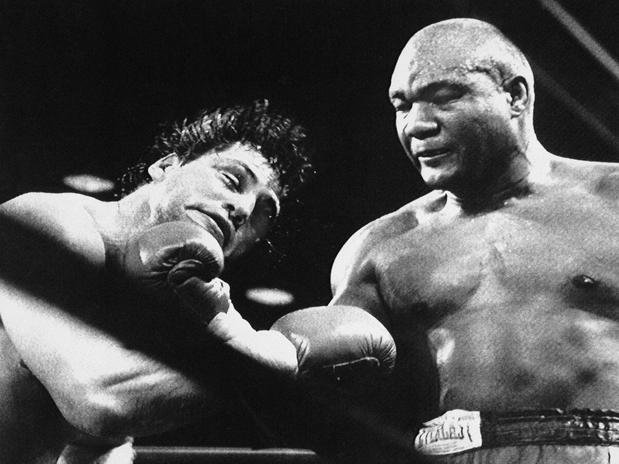
For the game, the timing was not nice. With the celebrities of the decrease weight lessons — Hagler, Leonard, Hearns, Duran — in decline, and the heavyweight champion of the world a repellent road thug, George’s weird comeback made boxing much more tough to take significantly. Over the following two years, the bald and rotund Foreman journeyed to numerous unlikely combat cities, knocking out one fringe contender after one other in locations like Marshall, Texas and Anchorage, Alaska, whereas the game of pugilism and baby-boomers throughout America cringed in embarrassment. Previous, sluggish and fats — who needed to be reminded so vividly and mercilessly of the passage of time? It was like the youngsters discovering the Iron Butterfly or Sonny & Cher albums within the basement and laughing their asses off on the crappy music you as soon as cherished, besides this was for the entire world to see. Give it up, George, please!
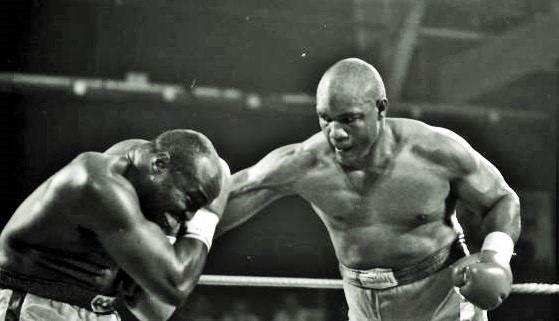
However whereas pundits and hardcore followers dismissed all of it as a sideshow, Foreman, undeterred, stored combating and stored successful, as regularly the general public at massive grew more and more intrigued. By 1990 George had notched nineteen straight victories, all however one by stoppage. However the level when the dangerous joke changed into one thing else completely got here when Foreman scored a spotlight reel knockout of former prime contender and “nice white hope” Gerry Cooney. Billed as “The Preacher vs The Puncher,” the match might have been dismissed by boxing purists, however sports activities followers knew an entertaining scrap once they noticed one and offered out Caesars in Atlantic Metropolis to see George demolish Gerry within two wild rounds. The win legitimized Foreman, at the very least within the eyes of the general public, placing him on the talk show circuit and drawing much more consideration to his quest for the crown misplaced years earlier than to Muhammad Ali.

Extremely, Foreman was a significant attraction once more, and even previous to the Cooney bout he had been proposed as an opponent for Mike Tyson, the undefeated younger champion. However “Child Dynamite” walked away from a $20 million greenback payday and as a substitute went to Tokyo for a one-sided beat-down from James “Buster” Douglas. Just a few months later the concept of a Tyson vs Foreman showdown once more appeared attainable after George was featured on the undercard of Iron Mike’s comeback combat, each males successful by knockout.
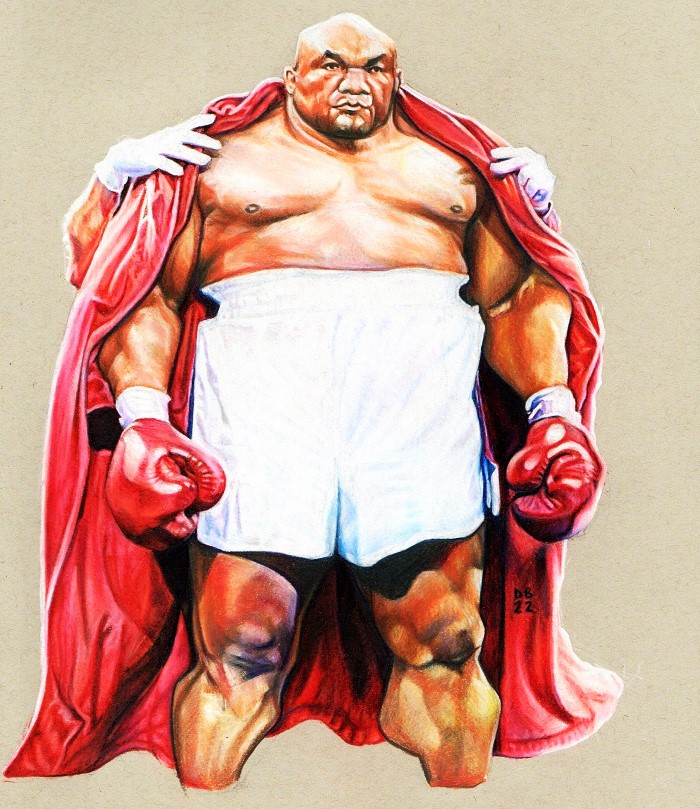
However Tyson, not like so many, took the growing older Foreman very significantly. A pupil of boxing historical past, he had grown up watching movies with Cus D’Amato of George bouncing Ken Norton and Smokin’ Joe Frazier off the canvas like rubber tires. The reality was Mike needed no a part of him, irrespective of how outdated and fats he seemed. In keeping with Don King’s longtime matchmaker Bobby Goodman, when King pressured Tyson to just accept a Foreman combat, “Iron Mike” refused, shouting, “No! I ain’t fightin’ that animal! In case you love him a lot, you combat him!”
Buster Douglas then misplaced to Evander Holyfield, so as a substitute of Tyson it was “Actual Deal” Evander who obtained the large cash showdown with the person chasing the impossible dream. Amazingly, Foreman’s dream got here nearer to being Holyfield’s nightmare than virtually anybody anticipated.
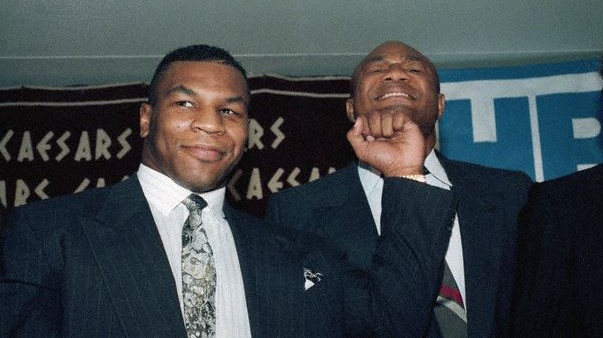
They billed it as “The Battle of the Ages,” with Holyfield a youthful 28 and Foreman, at 42, vying to be the oldest man to ever win the heavyweight title. The match attracted document pay-per-view gross sales with hundreds of thousands of properties tuning in and a few twenty thousand filling the stands of Atlantic Metropolis’s Conference Middle. And but a temper of skepticism hung over the entire affair. Many feared the competition would show farcical, that Foreman had duped the game and the general public to maneuver himself into commanding each the highlight and a $12.5 million greenback payday. Was Foreman in reality a legit challenger for the world title he had misplaced seventeen years earlier than? Or, as his fixed stream of one-liners and his hamming it up for the press advised to the cynical, was he little greater than a shrewd self-promoter, a conman about to attain the jackpot?
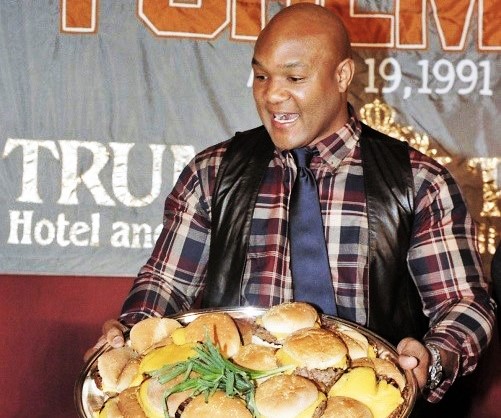
Nearly all of the boxing press shared the latter perspective. Many predicted a one-sided beating or an early exit for Large George. “It’s a farce,” declared one outstanding boxing scribe to creator Barney Nagler. “George hasn’t fought his manner into this combat; he’s talked his manner into it. I don’t see him getting by the second spherical.”
Thus, “The Battle of the Ages” was not a combat that impressed folks to take sides. Most understood that Evander Holyfield — undefeated, fourteen years youthful, and a four-to-one betting favourite — would possible win. So what compelled hundreds of thousands to place down their hard-earned money to look at what so many dismissed as a mismatch? Nostalgia? Morbid curiosity? George Foreman’s newly likable persona and folksy humor? Perhaps the entire above to a point, however the true attraction, because it often is with fights that transcend the game, was a fantastic story.
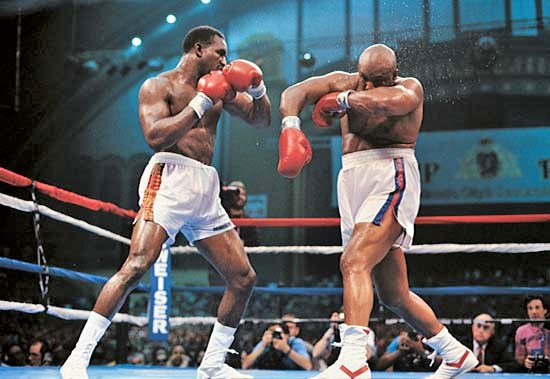
Looking back, the stunning monetary success of Foreman’s comeback shouldn’t have been so stunning. As all profitable enterprise folks know, demographics are the important thing to creating critical cash. Foreman was born in 1949 and baby-boomer sports activities followers are as wanted a demographic as exists on the planet. In the beginning of his comeback, George was an object of ridicule, a painful reminder of age and time to his era, however having soldiered on regardless of all of the naysayers, his comeback had reworked itself right into a compelling story of dedication, redemption, and the braveness to persevere within the face of overwhelming odds.
And for child boomers, it wasn’t only a nice story; it was now their story, as stirring at this late date as a Fleetwood Mac reunion or a re-screening of The Graduate. However the ending had but to be decided. Was Foreman crafting a stirring saga of unlikely triumph, a Greek tragedy, or ultimately, as many predicted, a farce?
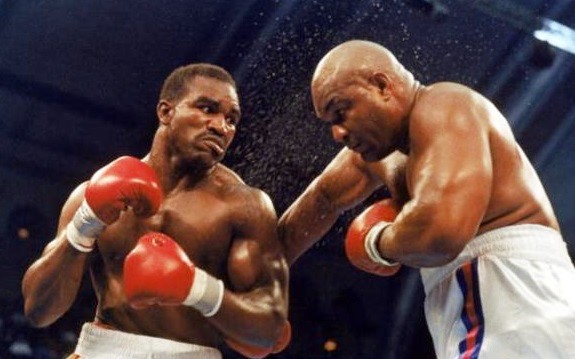
As early because the second spherical, the huge worldwide viewers and the sell-out crowd in Atlantic Metropolis had a part of the reply. The opening stanza had highlighted Holyfield’s benefit in quickness as he took the combat to a steadily advancing Foreman, scoring with sharp volleys after which stepping out of hurt’s manner earlier than the challenger may counter. In spherical two it was extra of the identical till Foreman discovered the mark with a pair of heavy left hooks that drove the champion to the ropes. A tough jab after which a robust proper appeared to stun Holyfield and the gang got here to its ft, roaring, as Foreman related with two extra thudding blows to the champion’s midsection, one other proper after which a left hook on the bell. It was now plain: Foreman had not come simply to gather an enormous payday. He had come to combat. And he had come to win.
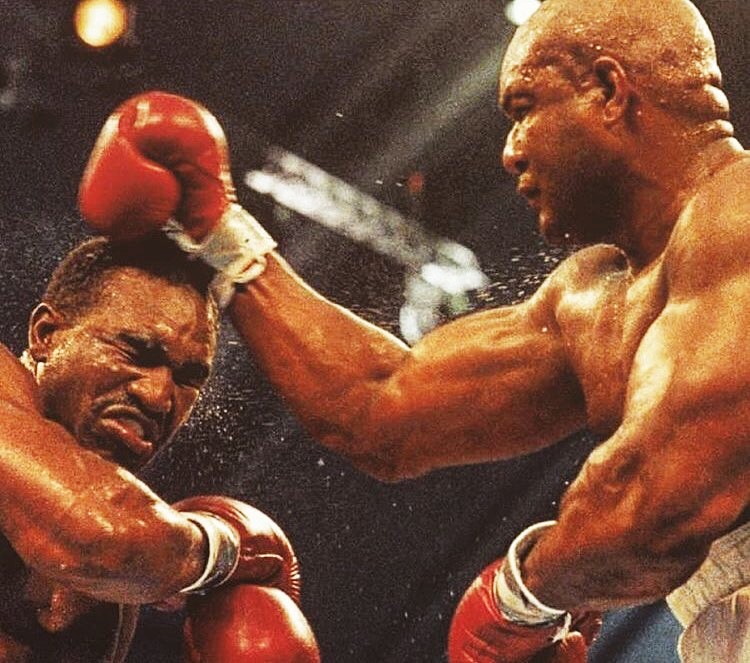
Holyfield rebounded to take the third and fourth rounds by a large margin, however, to the amazement of all who had been sure the competition wouldn’t final even this lengthy, George damage the champion once more within the fifth with a sweeping left hook after which three onerous proper arms. The sixth belonged to Holyfield however Foreman, like an outdated grizzly bear decided to search out its prey, stayed in it together with his youthful, quicker opponent and simply stored coming, touchdown two massive hooks earlier than the bell.
And within the seventh a surprisingly good heavyweight motion combat changed into a ferocious struggle. Foreman struck with an enormous proper that staggered Holyfield and the previous champion pounced, launching a fusillade of heavy pictures that had the gang on its ft and Evander virtually off his. However then it was the champion’s flip to stun a winded Foreman with a surprising sequence of flush blows that had George teetering back and forth. Backwards and forwards it went by the rest of the spherical, each males giving and taking, because the challenger demonstrated as soon as and for all that the brand new Large George, extremely, at age 42, was really harder and possessed extra stamina than the Foreman of the 1970’s.
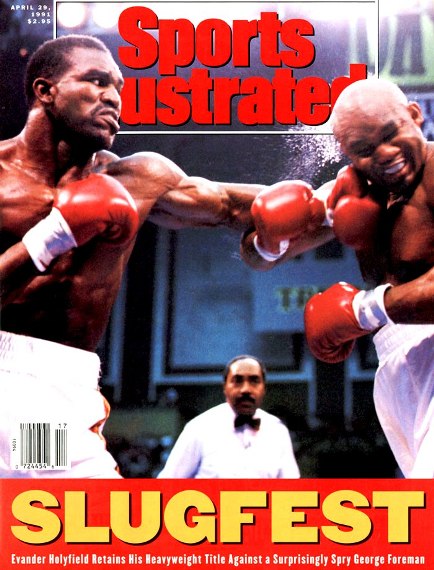
Spherical seven was the bout’s, and George’s, excessive level; the eighth discovered Holyfield again in command and within the ninth he staggered the challenger with a proper. In spherical ten, Foreman, who had been touchdown low blows and forearm shivers all through the battle, misplaced a degree for a tough shot south of the border. They continued to slug away within the closing two rounds however, to everybody’s amazement, it was the a lot youthful champion who appeared the extra exhausted fighter, as he repeatedly clinched and held on to get to the ultimate bell.
The unanimous choice in Holyfield’s favour was a formality; even George’s most ardent followers had been hard-pressed to present him greater than 4 rounds. However the closing verdict hardly mattered. If ever a boxer discovered victory in defeat, it was the 1991 model of George Foreman, who not solely proved that he was a respectable prime contender and that his worst critics had been lifeless flawed, however who additionally pressured boxing specialists and historians to re-evaluate his standing within the heavyweight pantheon.
After his loss to Muhammad Ali, Foreman’s picture and standing had plummeted. As soon as thought to be probably the most fearsome heavyweight puncher since Joe Louis, he was not considered as an elite champion. However now the query needed to be requested: what number of boxers may return from a decade-long layoff, win 24 straight fights, after which, at age 42, give the undefeated, reigning world champion one of many hardest battles of his profession?
“He gained the factors,” mentioned Foreman, referring to the choice, “however I proved the purpose.”
Certainly he did. Just a few factors, in reality. That his comeback was not a joke or a farce. That the age of forty was not, as the previous champion put it, “a demise sentence.” And that George Foreman was one thing greater than the slugger who had been felled in “The Rumble in the Jungle.” Like Ali, Large George was now larger than boxing. And three-and-a-half years later, when he knocked out Michael Moorer with a single thunderous right hand to lastly regain the heavyweight crown, he would turn out to be larger nonetheless and assume the stature of a boxing legend. — Michael Carbert
[ad_2]
Source link



